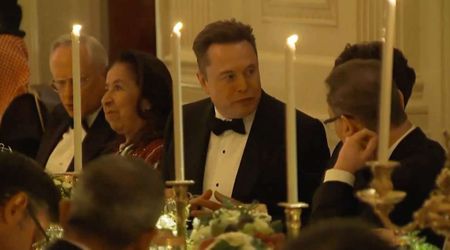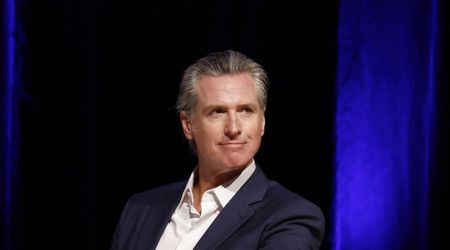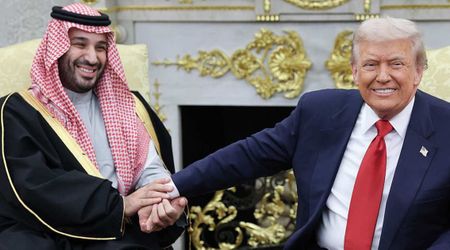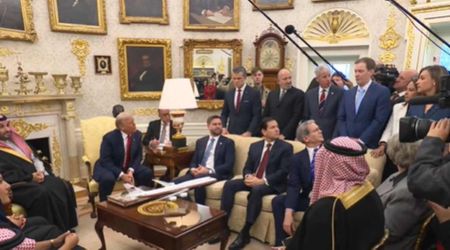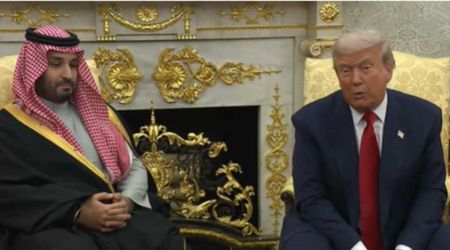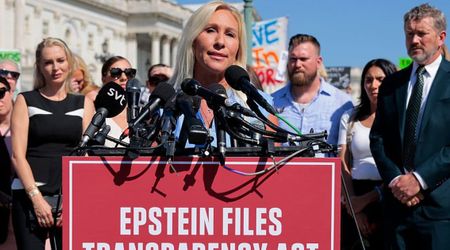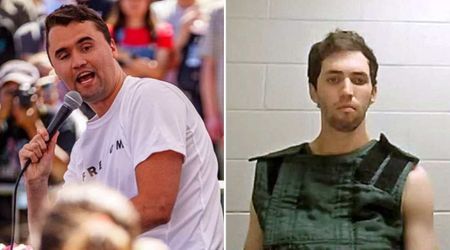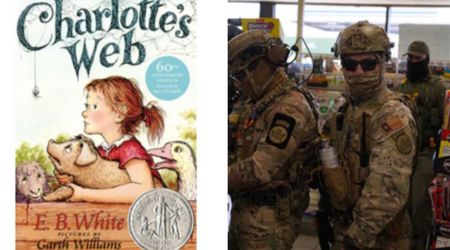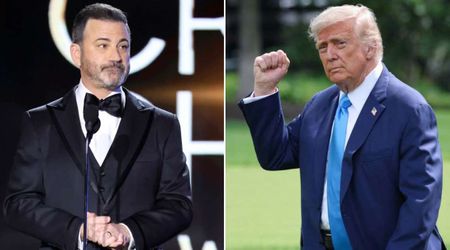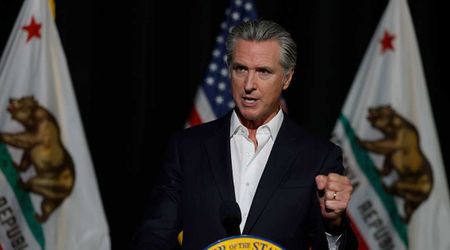9-year-old cancer patient thanks Trump for pediatric executive order: ‘Kids like me can still live’
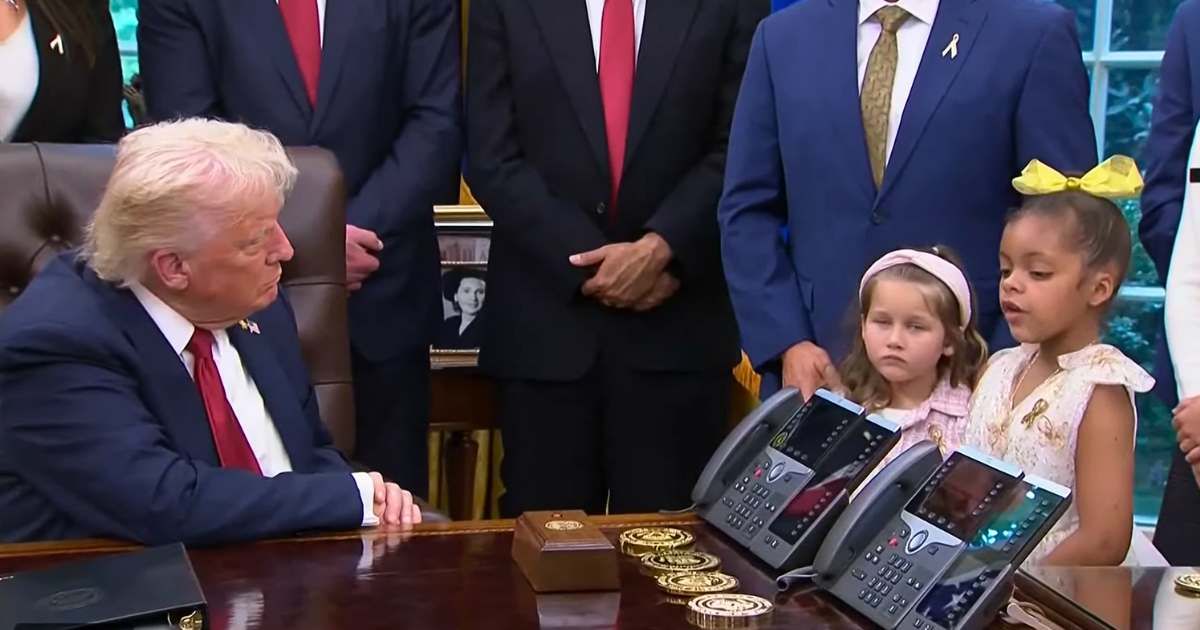
WASHINGTON, DC: President Donald Trump rolled out the red carpet for some of the nation’s youngest fighters on Tuesday, September 30, as he invited children battling cancer into the Oval Office for the signing of his new pediatric cancer executive order.
But the real star wasn’t Trump or even the $50 million in new funding he promised. It was a 9-year-old girl who grabbed the mic with no script, no notes, but all heart.
"I’m nine years old and I was — I had a blood cancer called leukemia when I was only two years old," she said. "I had to get treated at 7 different hospitals across this country, and I had to have two...transplants from — one from my dad and one from my mom, and I had to spend many days and the nights in the hospital, getting pokies and yucky medicine, and me and my parents were very worried."
"And I had to go through those 7 different hospitals to find the best treatment that can make me better. And thank you, Mr President, for making everything happen today so kids like me...we can still be living today and speaking," she concluded to a round of applause.
Trump then joked to the crowd that he couldn’t have said it better himself.
BEAUTIFUL: President Trump invited children suffering from cancer into the Oval Office for his pediatric cancer executive order signing, and they’re over the MOON
— Nick Sortor (@nicksortor) September 30, 2025
No script. No notes. This 9 year old girl spoke straight from the heart ❤️
“Thank you, Mr. President, for making… pic.twitter.com/cFGJlTQeJZ
Trump signs order to use AI in pediatric cancer research and treatment
The president’s new executive order aims to harness artificial intelligence in the fight against pediatric cancers.
"I'm also directing the federal government to fully utilize artificial intelligence to supercharge pediatric cancer research," Trump said. "It's pretty amazing what's happening."
The order directs the Make America Healthy Again (MAHA) Commission, led by Health and Human Services Secretary Robert F Kennedy Jr, to work with the White House Office of Science and Technology Policy. Their mission is to leverage AI to diagnose, treat, and potentially cure childhood cancers.
The signing ceremony included Kennedy, Centers for Medicare and Medicaid Services Administrator Dr Mehmet Oz, and National Institutes of Health Director Jay Bhattacharya.
Trump signed the order while surrounded by children who had survived cancer. "I want to just say that we're going to defeat childhood cancer once and for all," the president declared.
This wasn’t President Trump’s first foray into pediatric cancer. His first-term creation of the Childhood Cancer Data Initiative has already built a massive database tracking genetic and molecular information on childhood cancers. The new order is designed to take that to the next level.
Michael Castillo, director of the White House Office of Science and Technology Policy, explained: “Leveraging this data infrastructure, researchers will deploy artificial intelligence to improve clinical trials, sharpen diagnoses, fine tune treatments, unlock cures, and strengthen prevention strategies. Using artificial intelligence, researchers will be able to, for example, build scalable models to predict how a child's body responds to therapies, letting doctors forecast cancer progression and minimize treatment side effects, delivering better treatments that save more lives.”
The White House said the $50 million infusion into the Childhood Cancer Data Initiative (under the NIH) is just the beginning. “It’s a $50 million investment in the immediate future that we're announcing today. But there will be more investments to come as we start to implement this executive order,” a White House official told reporters.
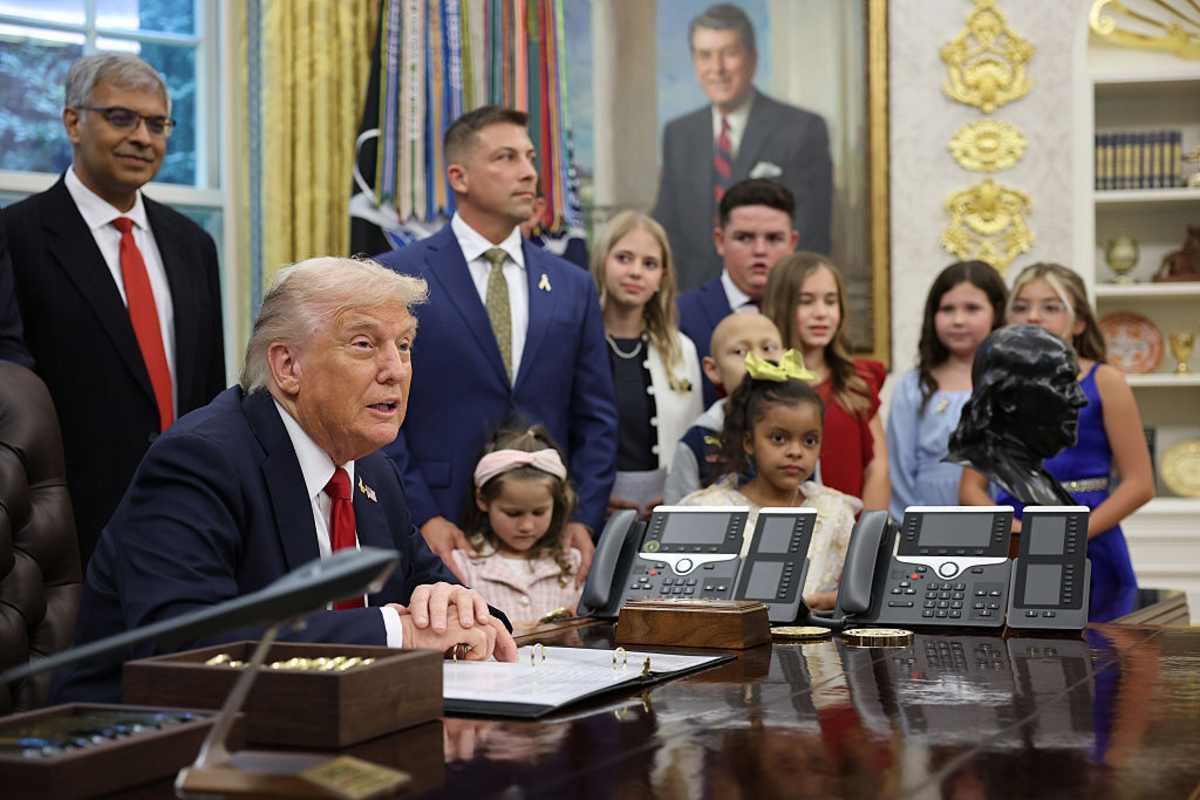
According to the National Cancer Institute, pediatric cancer remains the leading cause of death by disease after infancy. However, there has been considerable progress: the five-year survival rate for children ages 0–19 is now over 83%, compared to just 58% for children under 14 and 68% for teens 15–19 back in the 1970s.
This article contains remarks made on the Internet by individual people and organizations. MEAWW cannot confirm them independently and does not support claims or opinions being made online.

